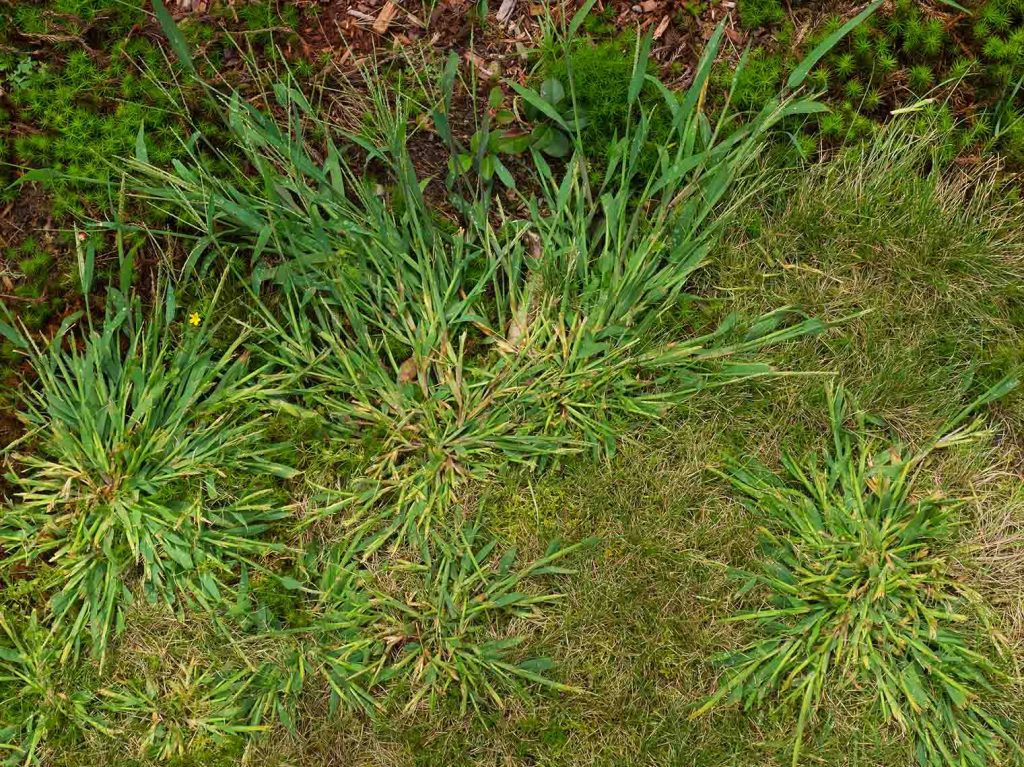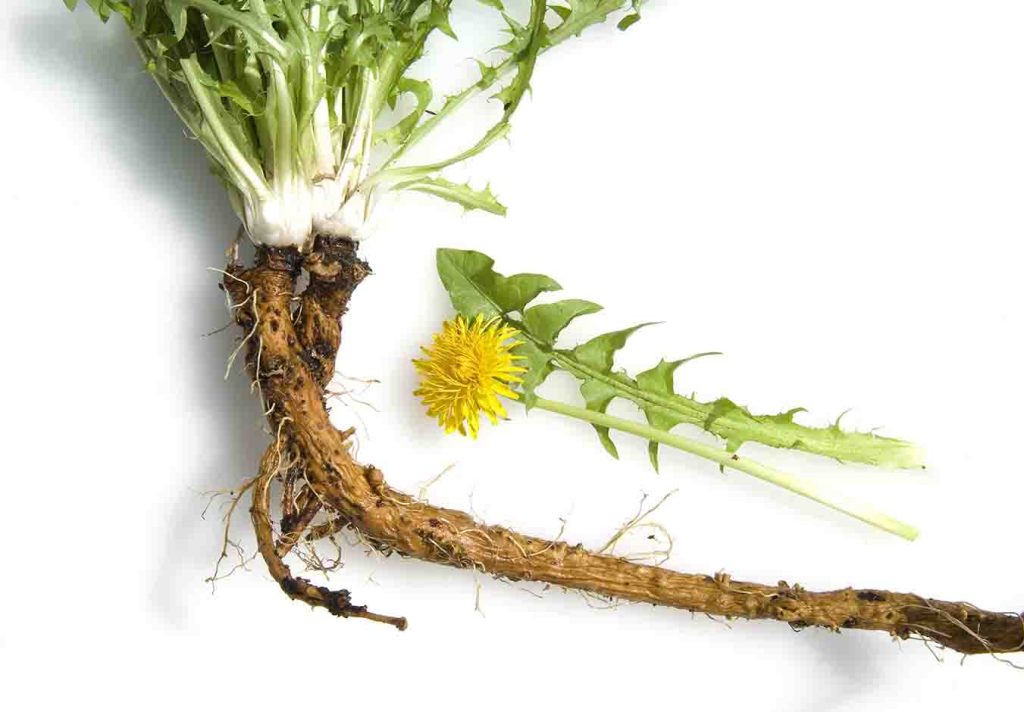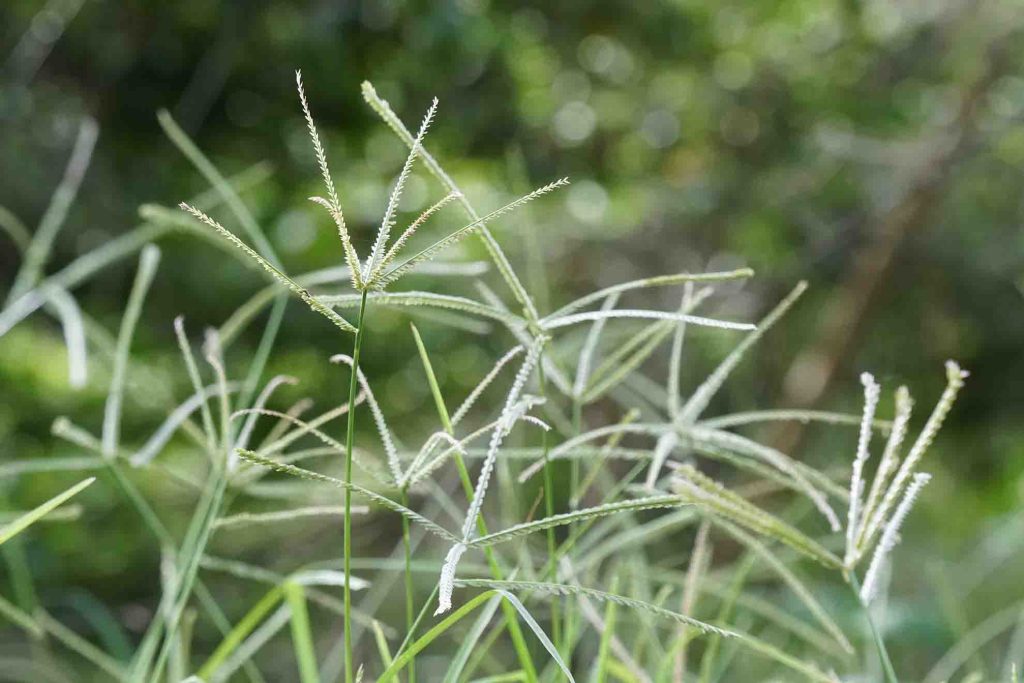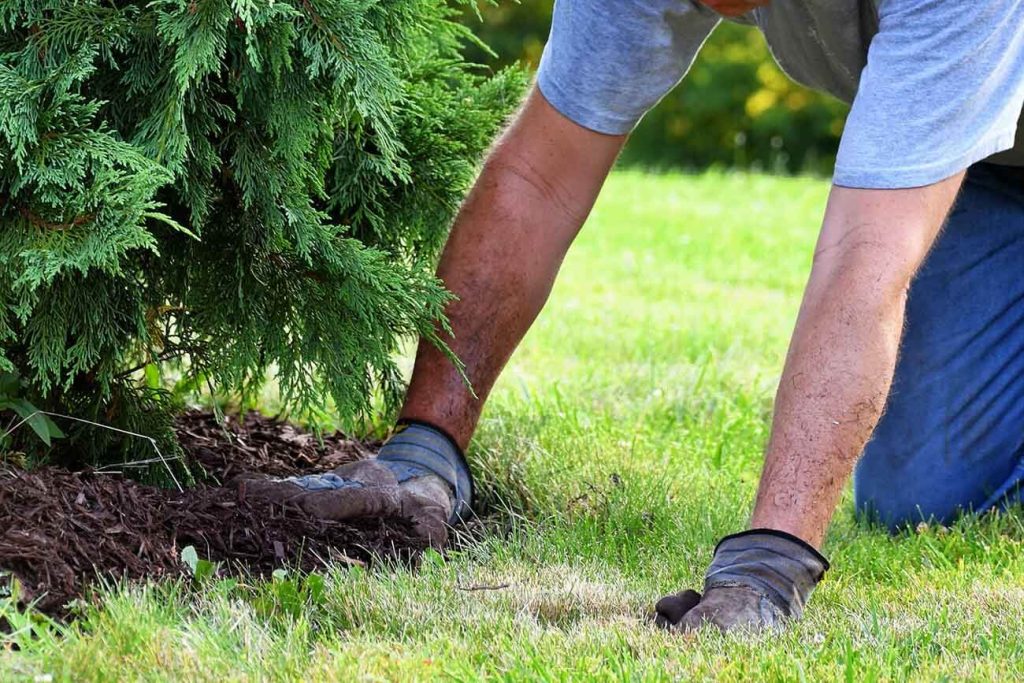
No one wants to have an unsightly lawn, especially when it could potentially have been avoided! That’s why Tuxedo Yard Care has put together this comprehensive guide on everything you need to know about lawn weeds in northern Utah. From identifying different types of weeds to learning how to remove them from your property, this guide is designed to help you get rid of those pesky plants once and for all!
What Are Lawn Weeds?

Understanding what a lawn weed is could make the difference between a beautiful, uniform lawn and a patchy, uneven lawn. Simply put, a lawn weed is any plant that’s not considered to be desirable for the appearance and health of your lawn. With their invasive roots and rapid rate of expansion, lawn weeds are able to easily steal resources from your turfgrass. As an invasion gets worse, your grass will have less access to nutrients, water, sunlight, and more resources in the soil and from fertilizers. The roots of lawn weeds tend to get first access to any nutrients that seep into the soil, which essentially means that your lawn will starve and become dehydrated if lawn weeds go untreated. Weeds in your lawn are eyesores that actually deplete the health of your grass as they grow, causing an even more unsightly mess.
What Do Lawn Weeds Look Like?

Thankfully, there are some key characteristics you can search for in your lawn to determine if you are looking at a weed or a healthy plant/grass type. While some types of lawn weeds are more challenging to identify than others, there are some subtle (or not so subtle) differences between the appearance of a lawn weed and healthy turfgrass. Some weeds have flowers and thorns that look nothing like smooth and slender blades of grass, and other weeds are essentially just unhealthy grass types that can trick you into thinking they are supposed to be in your lawn. No matter what kind of weeds you may be dealing with in your lawn, they will always make your lawn appear discolored and patchy once an invasion has begun.
Look For These In Your Lawn:
- Quicker, taller growth than surrounding grass
- Brighter or odd-colored grass that breaks uniformity
- Thicker patches of grass surrounded by thinner areas
- Velvety or fuzzy texture on veiny leaves
- Grass blades shaped differently (rolled, pointed, etc.)
- Seed heads emerging unexpectedly
- Flowering weeds with bright petals
- Deeper taproots, invasive fibrous roots, or a combination
Types Of Lawn Weeds
Properly identifying lawn weeds comes down to understanding the differences between the two main types of weeds, which are grassy weeds and broadleaf weeds. Though all weeds pose the same threat to your lawn of depleting its natural resources, some weeds develop and spread throughout your lawn in different ways than others. Knowing the difference between these two types of weeds can help you identify them more accurately and quickly, leading to a more prompt removal of lawn weeds before they can do any long-lasting damage.
Grassy Weeds

Weeds in this category are the more challenging types of lawn weeds to identify. Grassy weeds masquerade as healthy turfgrass in your lawn, so it can be tough to determine which blades of grass are actually weeds hiding in plain sight. The most important thing to look for when it comes to grassy weeds is patchy or sudden growth. Even if grassy weeds look identical to the grass in your lawn, the unwanted weeds will produce patches of uneven grass that grow much faster than the surrounding grass. Grassy weeds also tend to grow in a bunching manner, making these patches even easier to distinguish from turfgrass. Seed dispersal is the main way annual grassy weeds spread, but some grassy weeds can spread by both seed and root expansion.
Common Grassy Weeds In Northern Utah:
- Annual Bluegrass
- Crabgrass
- Goosegrass
- Barnyardgrass
- Creeping Bentgrass
Broadleaf Weeds

Unlike grassy weeds, broadleaf weeds are the bulkier kinds that tend to stand out compared to healthy turfgrass. These kinds of weeds have large, flat leaves that often appear velvety or slightly hairy in texture, and they’re able to grow quickly and crowd out surrounding grasses. Broadleaf weeds can have a more unnatural appearance in a lawn than their grassy weed counterparts due to their larger size, net-like veins, and bright flowers. They can grow annually, biennially, or perennially, making their growth and control needs difficult to predict. These weeds are known to multiply quickly, utilizing a mixture of both rhizomes and seeds to sprout new shoots. Roots of broadleaf weeds tend to be complex and hard to control.
Common Broadleaf Weeds In Northern Utah:
- Dandelion
- Violet
- White Clover
- Spotted Spurge
- Field Bindweed
Where Do Lawn Weeds Come From?

Weeds can come from a variety of sources, but they mainly spread through root growth and/or seed dispersal. Annual weeds tend to spread mostly by seeds because they only live for one growing season, which means roots don’t have as much time to develop and spread under your lawn. Perennials often utilize a mixture of both seeds and and root development to spread their invasion, as these types of weeds go dormant in winter and resume root growth in spring.
The northern Utah climate and soil types often lead to conditions that make your lawn more vulnerable and likely to invite a weed invasion. Besides the natural state of your lawn, some lawn care practices (or lack thereof) can also cause weeds to appear. Below are some of the most common causes of lawn weeds in our area:
- Poor Drainage: Poor soil drainage and low fertility create an ideal environment for weeds to grow, as many types thrive in overly moist soil.
- Overwatering: Too much water can create a soggy environment, which encourages weed seeds to germinate.
- Inadequate Mowing: Mowing too low or infrequently can weaken grasses, allowing weeds to take hold.
- Improper Fertilization: Fertilizer helps to promote healthy grass growth, but too much or not enough nitrogen is an open invitation for weeds to invade.
- Excess Sunlight: Some sunlight is necessary for all plants, but too much sun exposure can weaken turfgrass and leave it vulnerable to weeds.
- Soil Compaction: Compacted soils have less oxygen and nutrients available for roots, which favors the shallow roots of many weeds.
Removing & Preventing Lawn Weeds In Northern Utah

You may be able to pull up or dig out the roots of certain weeds, especially ones with a centralized taproot that is not too deep. This can be accomplished by firmly grasping at the base of the plant and pulling directly up, or you can simply dig around the roots to remove the weed. Unfortunately, these methods are not foolproof because even the smallest fragment of roots left in the soil could sprout a new weed.
Tuxedo Yard Care has experienced technicians that know how to apply weed killers without damaging your lawn. While we encourage every homeowner in northern Utah to seek professional help when applying chemicals, there are many other things you can do to prevent lawn weeds from ever appearing in the first place. Consider the tips below while you are tending to your lawn this season:
- Mow weekly, and set blade height to 3-4 inches to choke out weeds.
- Water your lawn deeply and infrequently to reach turfgrass roots.
- Use a season-appropriate fertilizer, and monitor nitrogen levels.
- Test soil regularly, and balance pH level when necessary.
- Aerate your lawn to improve soil quality, especially if the ground feels hard.
- Lay a protective layer of mulch around gardens to block weeds.
- Apply a pre-emergent in spring to prevent weeds from growing.
- Call Tuxedo Yard Care for the best weed control services in northern Utah!



